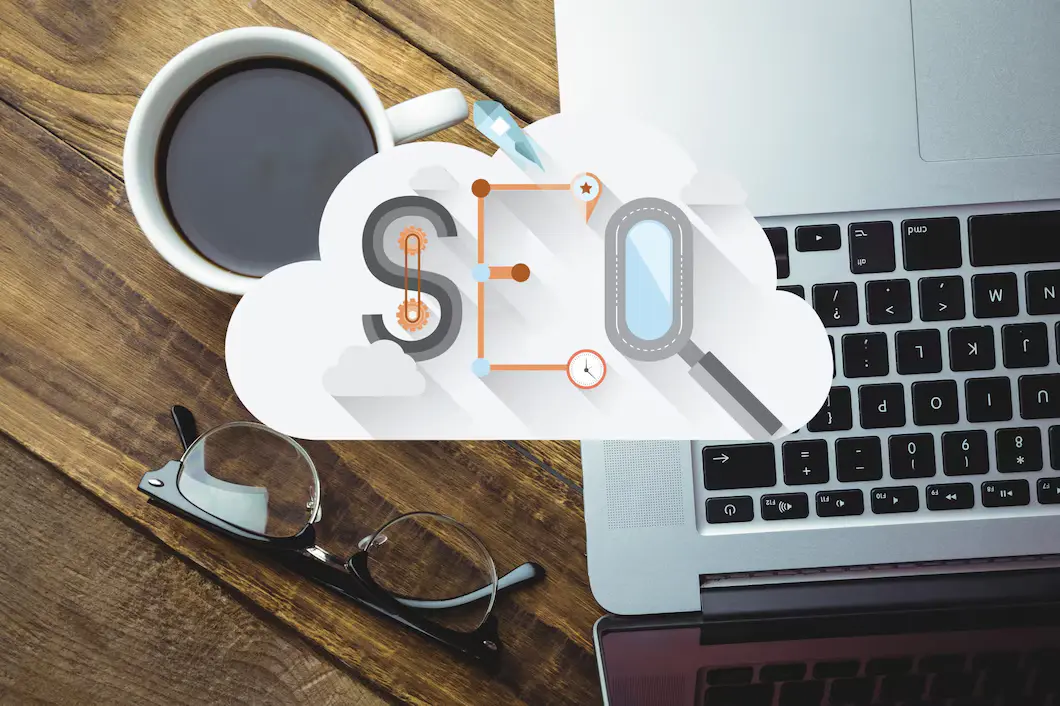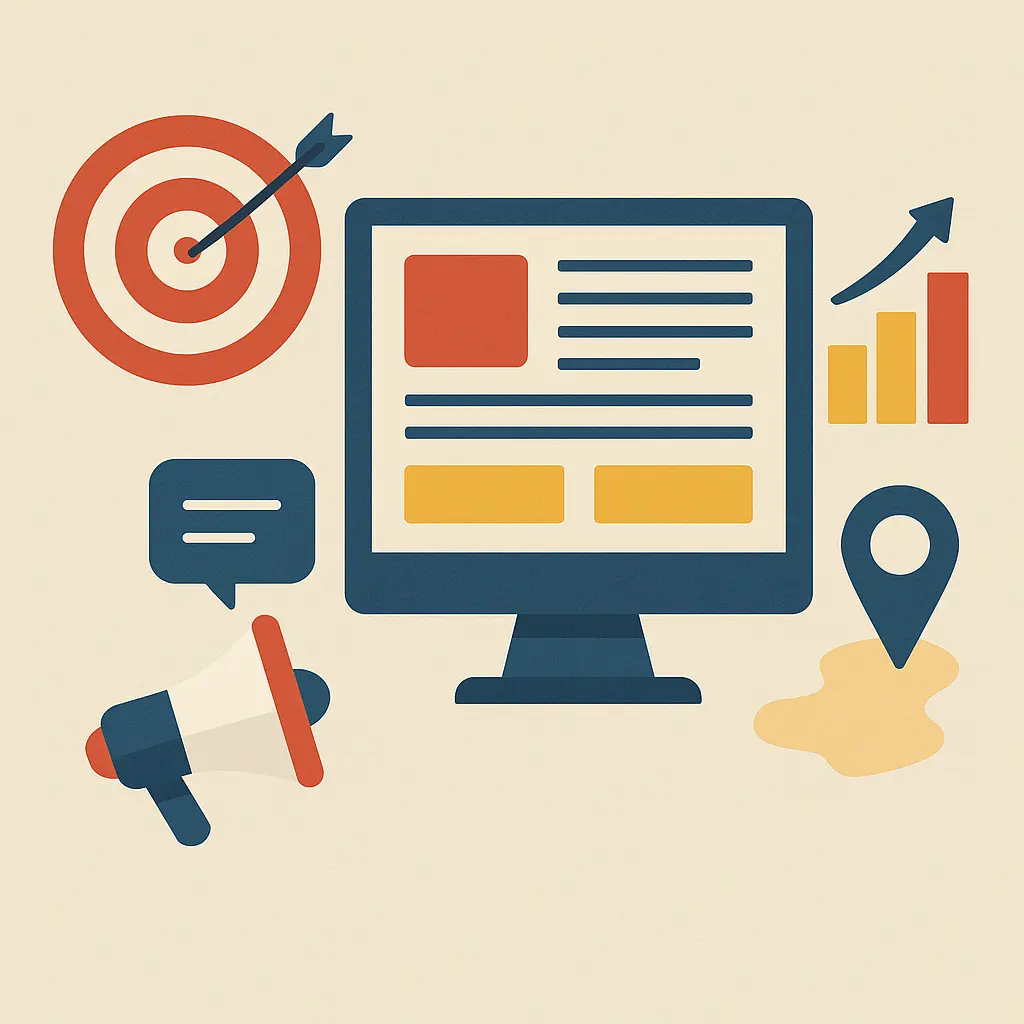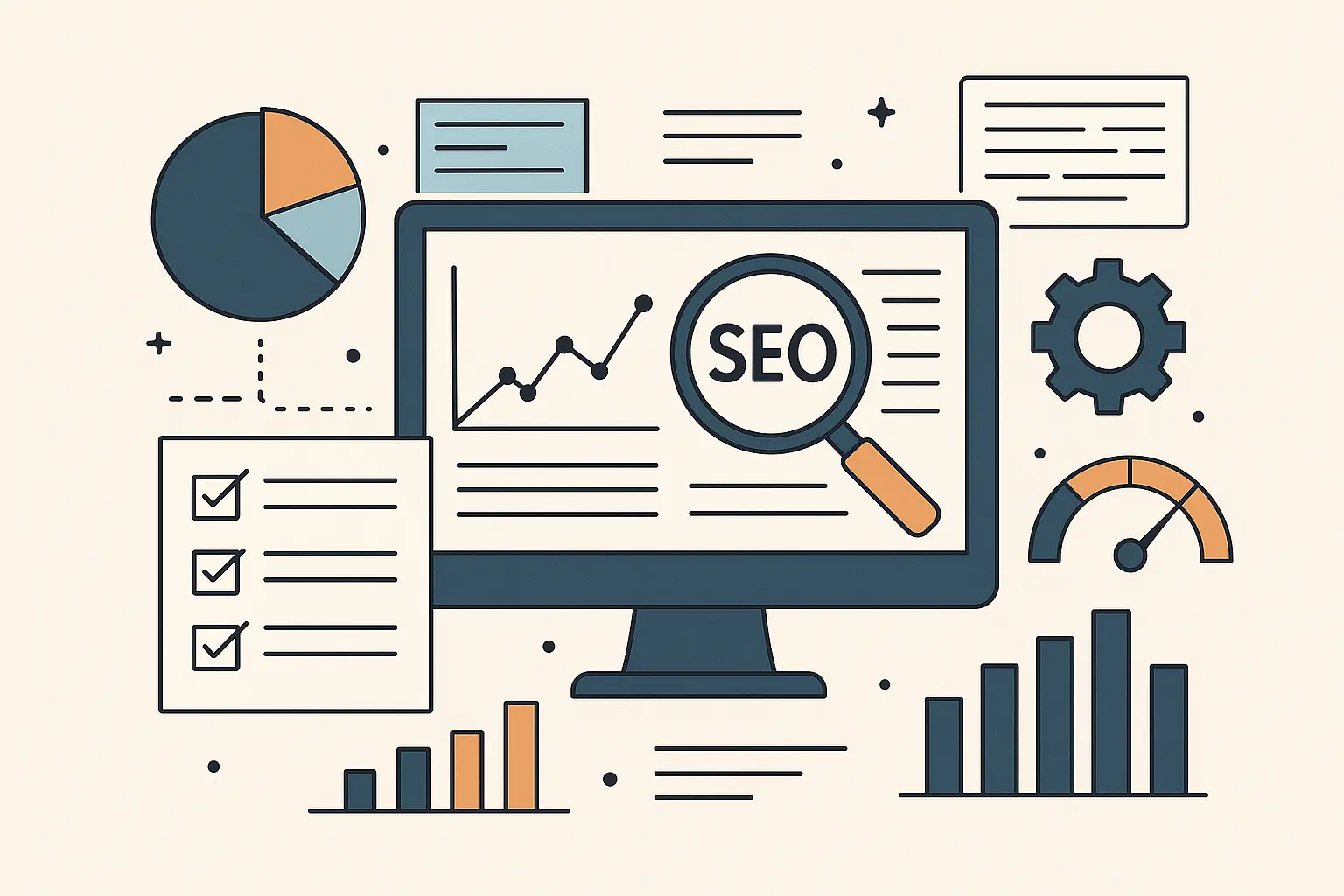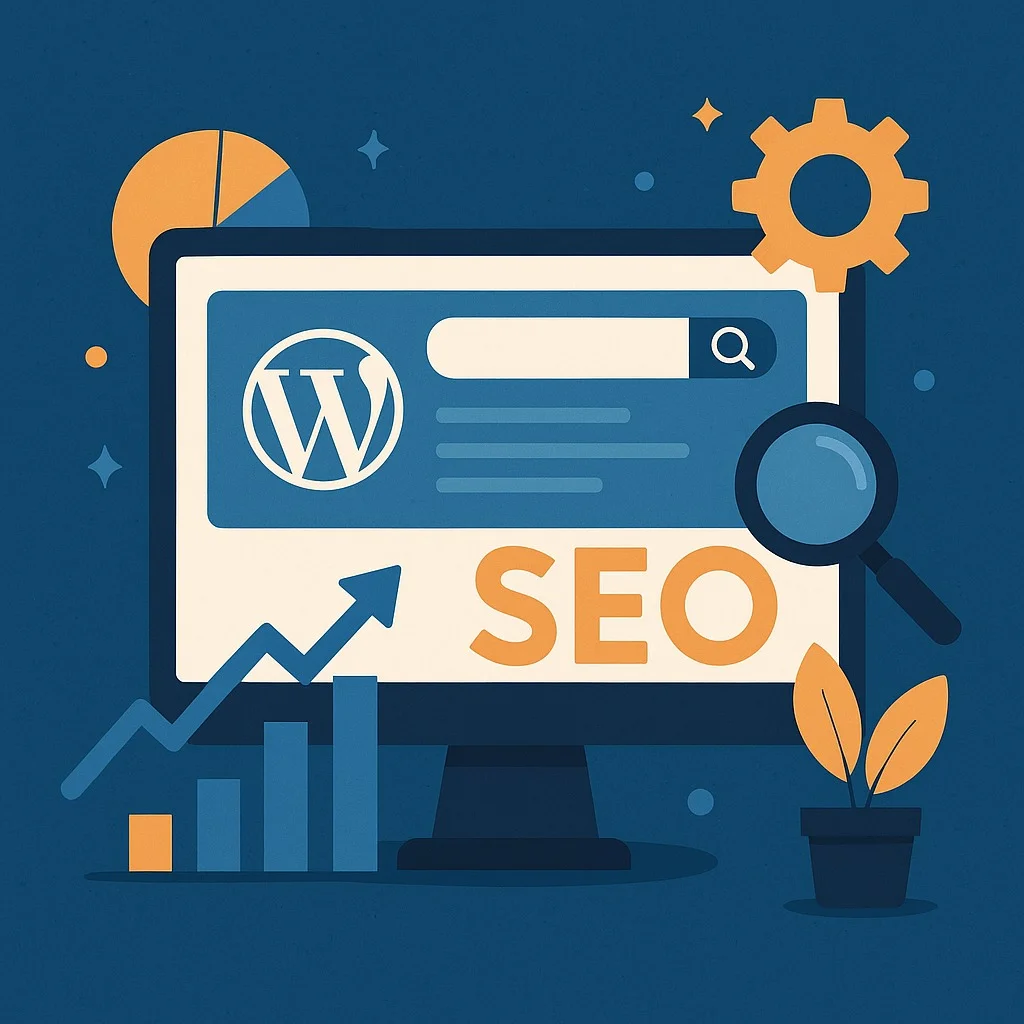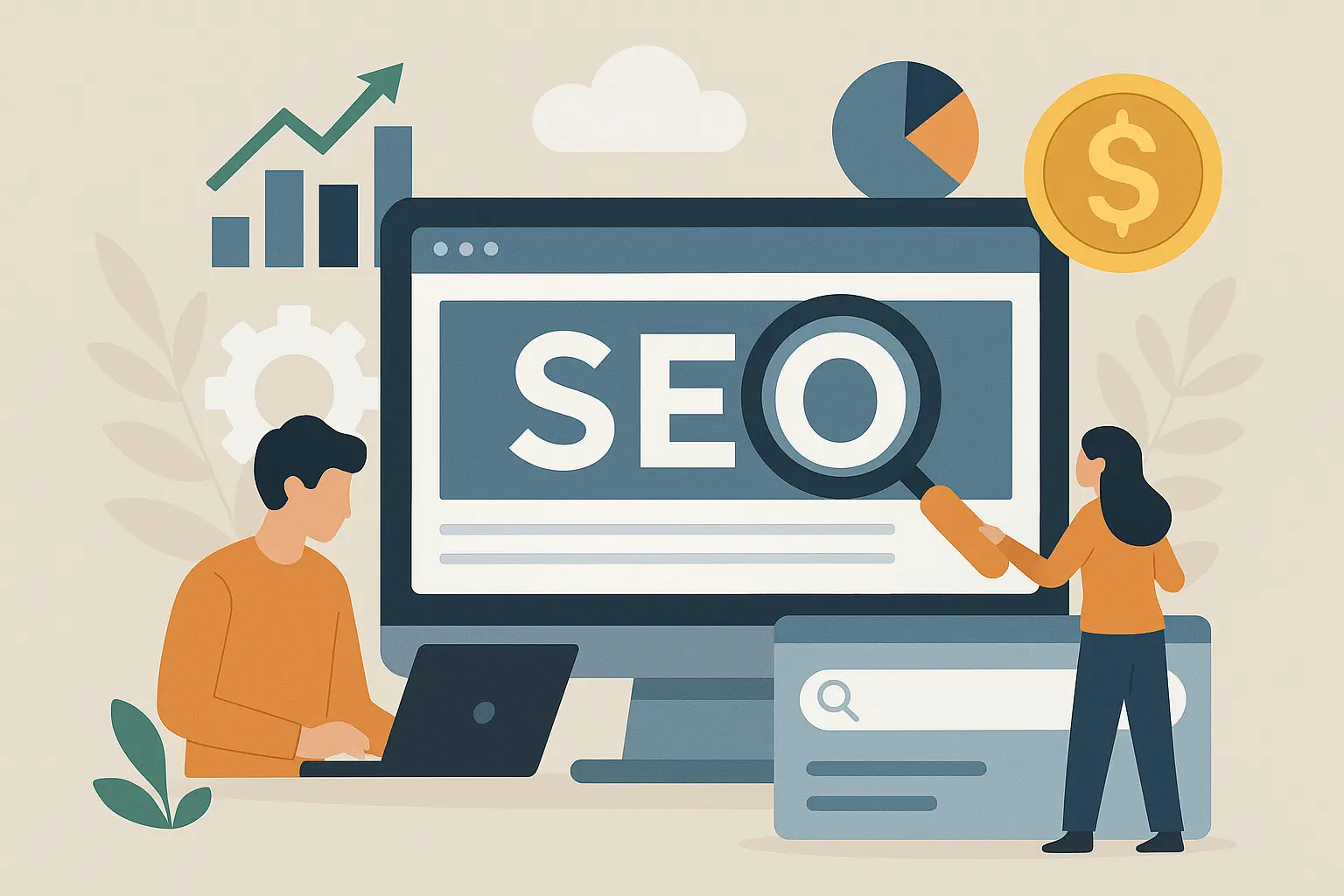Introduction: Why WordPress Maintenance is Non-Negotiable
WordPress powers over 40% of websites across the globe due to its flexibility, extensive plugins, and themes. It’s a preferred choice for bloggers, e-commerce sites, and businesses alike. However, having a WordPress site isn’t just about installing it and forgetting it. Without regular maintenance, your site can face slow loading times, security vulnerabilities, and ultimately lose visitors, revenue, and credibility.
In this blog, we’ll break down why consistent WordPress maintenance is crucial and how it safeguards your website’s security, performance, and reputation.
What is WordPress Maintenance?
WordPress maintenance isn’t just about posting content. It involves regular updates, backups, security scans, speed optimizations, and more. Neglecting these tasks can result in broken links, slow load times, and even site crashes. Keeping up with maintenance ensures smooth performance and helps protect your site from vulnerabilities that could cause major downtime or expensive recovery costs.
Key Maintenance Tasks:
- Updating WordPress Core, Themes, and Plugins
- Speed Optimizations & Database Cleanups
- Regular Backups
- Security Scans
Why Regular Updates Are Essential for WordPress Maintenance
Website owners often think of maintenance as a one-off task, but updates need to be regular to ensure compatibility, security, and optimal performance. Whether it’s the WordPress core, themes, or plugins, updates patch loopholes, enhance features, and ensure compatibility with newer technologies.
Failure to maintain updates often leads to:
- Broken links and features
- Slow websites
- Fatal errors
Pro Tip: Regular updates can help avoid critical errors and costly downtime.
The Importance of Website Security
WordPress is a top target for hackers due to its popularity. Outdated plugins, weak passwords, and default settings create vulnerabilities, leaving your site at risk for brute-force hacking, phishing, and malware.
Here’s how to boost your WordPress site’s security:
- Install SSL certificates: HTTPS is a must. Without an SSL, you risk lower trust from users and Google rankings.
- Use Security Plugins: Tools like Wordfence or Sucuri help monitor your site in real-time.
- Two-Factor Authentication: Adding an extra layer of security for login processes.
- Automated Backups: Regular backups ensure you can restore your site quickly in case of a breach.
Why Security Maintenance is Vital:
Sites that are hacked lose traffic, rankings, and trust in the long term. Google has specifically mentioned that hacked sites usually see long-term traffic loss.
Boosting Website Performance: Speed and User Experience
Did you know that over 50% of mobile users will abandon a site if it takes more than three seconds to load? Performance issues, like cluttered databases, large image files, and slow server response times, can hurt your website’s speed and user experience.
Steps to Improve Site Speed:
- Optimize Images: Large images slow down loading times. Compress them using plugins like Smush or ShortPixel.
- Use Caching Plugins: Plugins like WP Rocket or W3 Total Cache reduce server load by caching pages.
- Update PHP: Running the latest PHP version helps your site perform faster and securely.
SEO Impact:
Page speed directly affects your SEO rankings. A faster, more efficient site boosts user engagement and increases conversion rates.
How WordPress Maintenance Affects SEO and Search Rankings
Google values websites that are fast, responsive, and stable. Frequent downtime, broken links, and slow load speeds can send negative signals to search engines, ultimately hurting your SEO rankings.
Tips to Maintain Your Site’s SEO Health:
- Uptime Monitoring: Use tools like UptimeRobot to monitor your site’s availability.
- Regular Audits: Periodic checks of your site’s SEO health and fixing technical errors (broken links, missing alt text) help maintain strong SEO rankings.
- Core Web Vitals: Ensure your site is optimized for Google’s Core Web Vitals (speed, responsiveness, stability) to improve rankings.
SEO-Friendly WordPress Maintenance:
Keeping your WordPress site technically sound with updates, clean databases, and error-free pages will consistently help you rank higher in search engines.
The Importance of Backups: Be Prepared for Anything
Backups often get overlooked until it’s too late. Without regular automated backups, you could lose your site’s data in case of an error, hack, or crash.
Best Backup Practices:
- Daily automated backups: Ensure backups are taken frequently.
- Multiple storage locations: Store backups on cloud services, off-site servers, and your hosting provider.
- Test Recovery: Make sure you know how to restore your backups quickly.
Backup Plugins like UpdraftPlus and BackupBuddy help automate and streamline this process.
Maintaining User Experience & Accessibility
A smooth user interface (UI) and user experience (UX) play a huge role in your site’s performance. Easy navigation, fast loading speeds, and accessibility contribute significantly to user satisfaction and engagement.
Enhancing Accessibility:
- Add alt text to images for users with disabilities.
- Ensure keyboard navigation and screen reader compatibility.
Why Accessibility Matters:
Not only does accessibility improve your site’s user experience, but it also helps meet legal requirements in some countries. Moreover, a well-maintained, accessible site is more likely to keep users engaged, thus improving your site’s SEO rankings.
How to Maintain Your WordPress Site: A Step-by-Step Guide
Keeping your WordPress site properly maintained doesn’t need to be difficult if you break it into manageable tasks. Here’s an easy-to-follow maintenance schedule:
- Daily: Backup your site and monitor uptime.
- Weekly: Update WordPress core, plugins, themes, and run a security scan.
- Monthly: Optimize your database, compress images, and check for broken links.
- Quarterly: Perform a full SEO audit and verify your site’s mobile responsiveness.
- Annually: Check your hosting plan, update PHP versions, and refresh stale content.
Pro Tip: If you’re too busy to handle maintenance, consider professional services like WP Buffs or Maintain. These services can take care of everything for you.
Conclusion: Maintenance Is the Backbone of a Successful WordPress Site
WordPress maintenance isn’t just an extra task—it’s the foundation of a well-performing, secure, and SEO-friendly site. By integrating regular maintenance into your workflow, you can avoid downtime, enhance performance, and protect your reputation.Contact Vexnex LLC today to learn how we can help your business grow
Remember, maintenance doesn’t have to be overwhelming. Whether done in-house or by a professional, regular maintenance is critical for your site’s long-term success.
FAQs
1. Why is regular maintenance important for my WordPress site?
Regular maintenance ensures your website is secure, fast, and error-free. It helps avoid costly downtime, security breaches, and performance issues, keeping your site reliable for users and search engines alike.
2. How often should I update my WordPress plugins, themes, and core files?
You should update your WordPress core, plugins, and themes weekly to ensure security, feature enhancements, and compatibility with new technology.
3. What happens if I don’t maintain my WordPress site regularly?
Neglecting regular maintenance can result in slower speeds, broken links, security vulnerabilities, and compatibility issues. These problems can cause site downtime, loss of SEO rankings, and a poor user experience.
4. How can I make my WordPress site more secure?
Install SSL certificates, use security plugins like Wordfence, enable two-factor authentication, and ensure regular backups are taken to protect your site from potential threats.
5. What is the best way to speed up my WordPress site?
Optimize images with Smush or ShortPixel, use caching plugins like WP Rocket, and ensure you’re using the latest PHP version. These steps will significantly improve your site’s speed.
6. How can I protect my WordPress site from hackers?
Keep your WordPress core, themes, and plugins updated. Use strong passwords, enable two-factor authentication, and install a security plugin like Sucuri or Wordfence for continuous protection.
7. What tools can help automate WordPress maintenance?
ManageWP, UpdraftPlus, and Jetpack can automate many tasks like backups, updates,



